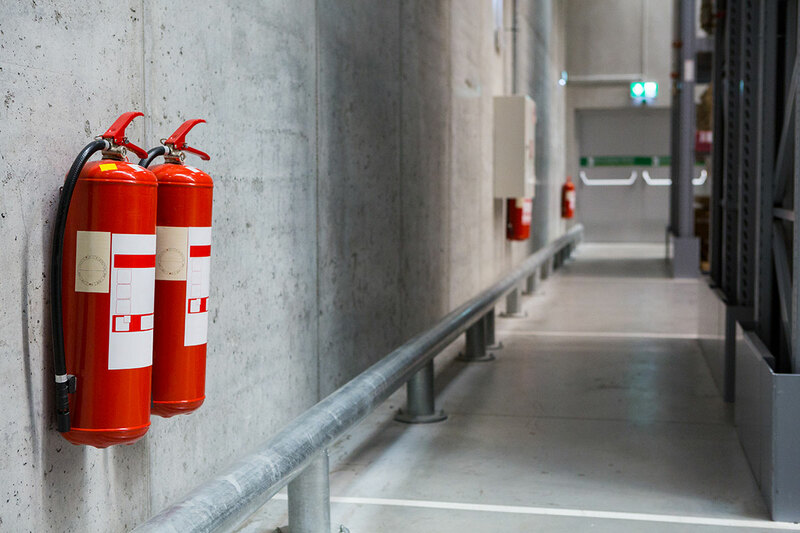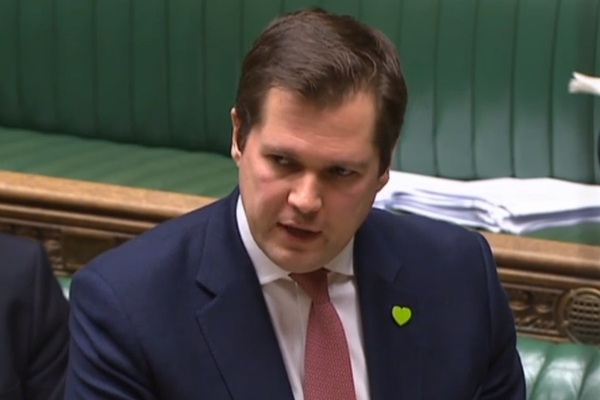You are viewing 1 of your 1 free articles

Michael Wharfe is a partner at Devonshires
Here is what the government’s latest advice note on building safety means for social landlords
The latest advice note from the government on building safety has major implications and will require the sector to act, writes Michael Wharfe
On 20 January, the government published an advice note that supersedes advice notes one to 22. It has been issued in advance of a new fire safety bill (expected to come into force this summer) and changes to building regulations (expected this February).
The focus of the advice note is to ensure that building owners of all multi-storey and multi-occupied residential buildings undertake investigations into external wall systems and fire doors to determine whether they represent a risk to the health and safety of residents.
If risks are identified, advice should be taken on remediation or mitigation measures. The height of the building is immaterial, and ‘residential buildings’ include all buildings that have rooms used for residential purposes, eg hospitals, hostels etc.
The advice note sets out the immediate actions that building owners should take to address the risk of fire spread from unsafe external wall systems, whereas Advice Note 14 focused on the need to take general fire precautions under the Regulatory Reform (Fire Safety) Order 2005. The new advice note focuses on regulation B4 (1) of the building regulations: “The external walls of the building shall adequately resist the spread of fire over the walls and from one building to another, having regard to the height, use and position of the building.”
Invasive inspections will almost certainly be required, as reliance cannot be placed on as-built or design information, nor do these establish whether cavity barriers and fire-stopping between compartments are present and effective. The methodology for determining whether mitigation or remedial steps are required broadly replicates that in Advice Note 14.
The advice note emphasises the need to protect the health and safety of residents and urges building owners to carry out the investigations now, without waiting for any legislative changes to the current regulatory regime. The regime will be supervised by a new building safety regulator, which is to be established within the Health and Safety Executive.
The new obligations will apply to all multi-storey and multi-occupied buildings, including those under 18 metres – a fundamental broadening of the prior position. Building owners should consider the following steps:
- Identify your buildings
- Locate all records and as-built information regarding the external wall system
- Confirm what materials make up the system
- Seek advice on whether these materials are “of limited combustibility”
- Check whether fire doors meet performance requirements and have been adequately maintained
Owners should apply a risk-based assessment to determine the priority for intrusive inspections, mitigating and remediating issues, recognising that each building will present a unique set of facts and risks. The government is consulting on risk prioritisation.
Remedial works can be complex and time consuming and, whether or not government funding might be available, building owners will have to consider recovery options, which can delay and complicate works.
While the advice note is an understandable reaction to high-risk failures in the design, construction and workmanship of external wall systems, it will increase pressure on an industry already struggling with capacity.
Compliance with the advice note and recovering costs both require expert evidence from a limited pool of fire engineers and forensic architects, and place an additional administrative and financial burden on building owners.
Michael Wharfe, partner, Devonshires



